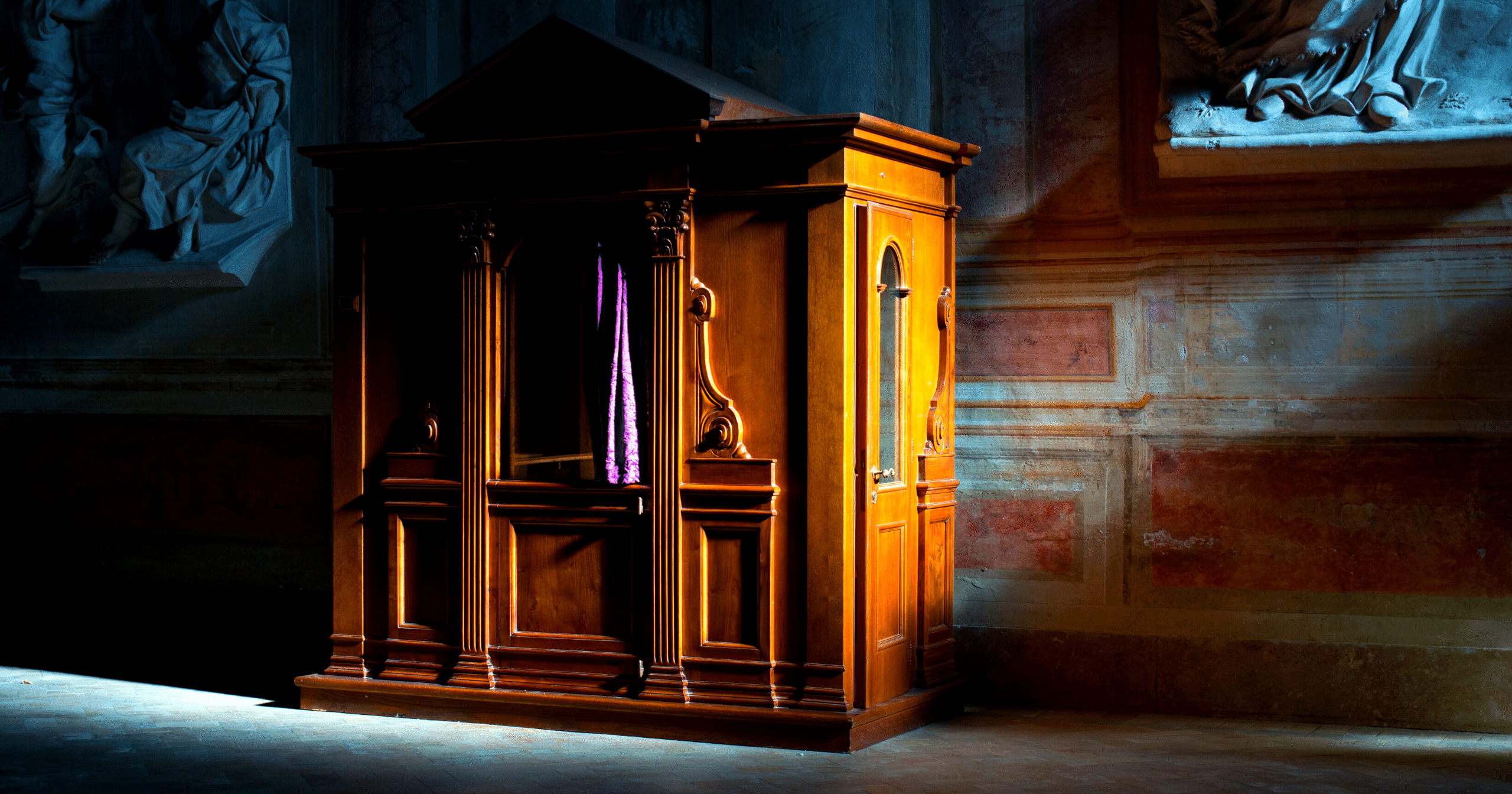The Church Fathers understood Confession was communicated to the Apostles and their successors in the bishops and priests for the reconciling of the fallen Faithful.
“Whose sins you forgive are forgiven them, and whose sins you retain are retained.” – John 20:23
In the early days of the Church, confession and penance were a public affair, a practice known as exomologesis attested to by the Didache.
“Confess your sins in church, and do not go up to your prayer with an evil conscience. This is the way of life. On the Lord’s Day gather together, break bread, and give thanks, after confessing your transgressions so that your sacrifice may be pure.”
In On Repentance, Saint Ambrose even talks about the benefits of public penance when asked about how “to do away with the feeling of shame which holds back the guilty from public penance.”
“Does any one think that that is penitence where there still exists the striving after earthly honors, where wine flows, and even conjugal connection takes place?
The world must be renounced; less sleep must be indulged in than nature demands; it must be broken by groans, interrupted by sighs, put aside by prayers; the mode of life must be such that we die to the usual habits of life.
Let the man deny himself and be wholly changed, as in the fable they relate of a certain youth, who left his home because of his love for a harlot, and, having subdued his love, returned; then one day meeting his old favorite and not speaking to her, she, being surprised and supposing that he had not recognized her, said, when they met again, It is I. But, was his answer, I am not the former I.”
During the early Middle Ages when the Church in the West was overrun in the Viking Age, every monk and monastery and saint and scholar were disappearing.
In isolation from the rest of the Church, the Celtic Catholic Church developed a fixed form of penance in the secluded monasteries of Ireland. They draw from Eastern monastic traditions and weren’t familiar with the tradition of public penance in front of the community.
As early as the 6th century, their penitential practices consisted of private confession before a priest, reconciliation, and private penance. These practices in turn were spread back to Europe over time by Irish missionaries. Saint Columbanus is credited with being the first to introduce their medicamenta paentitentiae, the “medicines of penance” to Gaul.
Growing in popularity afterwards, the practice was finally made canon with the Fourth Lateran Council in 1215, requiring that confession be made to a priest once a year, enshrining the practice of private confession and penance ever since.
🙏 Thank God for Celtic Catholicism!
Photo credit: Quisquilia / Shutterstock.com


















In Ireland’s monasteries, the Celtic Catholic Church evolved a definite form of penance. They are Eastern monks and weren’t familiar with public penance. wordle unlimited
In 1215 the Fourth Lateran Council established that penance would involve private confession and that all Christians in the Latin Church would be obligated to confess their sins at least once a year. It was also at this time that penance officially became a sacramen . cuphead